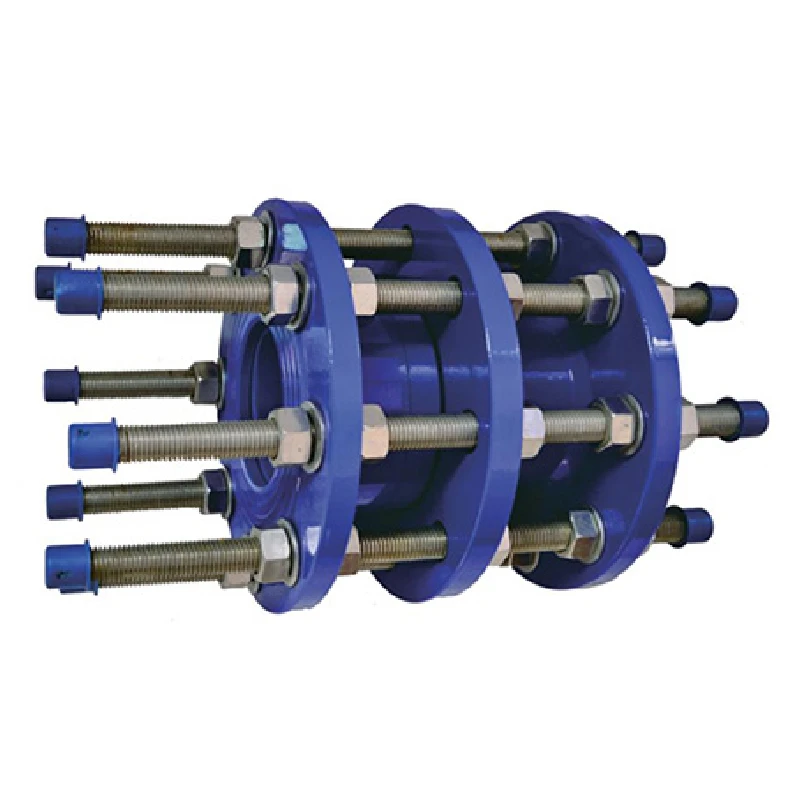Nov . 20, 2024 22:55 Back to list
double swing check valve
Understanding Double Swing Check Valves A Comprehensive Overview
In the realm of fluid control, valves play a pivotal role in ensuring efficient and safe system operations. Among the various types of valves, the double swing check valve stands out due to its unique design and functionality. This article delves into the characteristics, advantages, applications, and maintenance of double swing check valves, providing a thorough understanding of this critical component.
What is a Double Swing Check Valve?
A double swing check valve is a type of check valve designed to allow fluid flow in one direction while preventing backflow. Unlike a single swing check valve, which has a single disc, the double swing check valve features two discs that pivot independently. This design minimizes pressure drop and enhances the valve’s performance, making it ideal for various applications in different industries.
Design and Construction
The primary components of a double swing check valve include the body, the discs, the hinge pins, and the sealing mechanism. The body is typically constructed from durable materials such as stainless steel, carbon steel, or ductile iron, which ensures longevity and resistance to corrosion. The discs, often made of the same material as the body, are designed to pivot open under forward flow while closing tightly to prevent backflow. The unique pivot points allow the discs to open wider, facilitating a larger flow rate and reducing the risk of turbulence.
Advantages of Double Swing Check Valves
1. Enhanced Flow Capacity One of the most significant advantages of double swing check valves is their ability to handle large volumes of fluid with minimal pressure loss. The dual disc design allows for greater flow capacity compared to single disc check valves.
2. Reduced Noise The smooth operation of the discs significantly reduces noise levels when the valve is in operation. This feature is particularly beneficial in applications where noise pollution is a concern.
3. Low Maintenance Requirements Double swing check valves are designed for durability and require minimal maintenance. Their simple design eliminates the need for complex mechanisms or electronic components that might require regular servicing.
4. Versatility These valves can be used in various applications, including water supply systems, wastewater treatment, oil and gas pipelines, and HVAC systems. Their versatility makes them a great choice for diverse fluid control requirements.
Applications of Double Swing Check Valves
Double swing check valves are prevalent in numerous sectors due to their reliability and efficiency. Some common applications include
double swing check valve

- Water Treatment Plants In water treatment processes where preventing backflow is crucial, double swing check valves ensure that treated water does not flow back into the treatment system.
- Pumping Stations These valves are often installed in pumping stations to protect pumps from backflow damage, ensuring a consistent flow direction.
- Chemical Manufacturing In chemical processes, safety is paramount. Double swing check valves provide a fail-safe mechanism to prevent the reverse flow of hazardous substances.
- Oil and Gas Industry They are utilized in pipelines to maintain the desired flow while preventing backpressure, which can be detrimental to system integrity.
Maintenance Tips
While double swing check valves are designed for durability, routine maintenance is still essential to ensure optimal performance. Here are some tips
1. Regular Inspections Periodically check for signs of wear or damage, particularly around the sealing areas and hinges.
2. Clean the Valve Remove any buildup of debris or sediment that could hinder operation. This is especially important in wastewater applications.
3. Check for Leaks Regularly inspect the valve for leaks, as even minor leaks can lead to significant operational issues over time.
4. Replacement of Seals If the valve exhibits signs of leakage or decreased performance, consider replacing the sealing components to restore functionality.
Conclusion
Double swing check valves are indispensable components in fluid control systems across various industries. Their unique design, which features dual discs, enhances flow efficiency while preventing backflow with minimal noise and maintenance requirements. Understanding their functionality, advantages, applications, and maintenance will empower professionals to make informed decisions regarding their selection and use. As industries continue to evolve and demand reliable fluid control solutions, the double swing check valve remains a trusted choice for engineers and operators alike.
Share
-
Reliable Wafer Type Butterfly Valves for Every IndustryNewsJul.25,2025
-
Reliable Flow Control Begins with the Right Ball Check ValveNewsJul.25,2025
-
Precision Flow Control Starts with Quality ValvesNewsJul.25,2025
-
Industrial Flow Control ReliabilityNewsJul.25,2025
-
Engineered for Efficiency Gate Valves That Power Industrial PerformanceNewsJul.25,2025
-
Empowering Infrastructure Through Quality ManufacturingNewsJul.25,2025